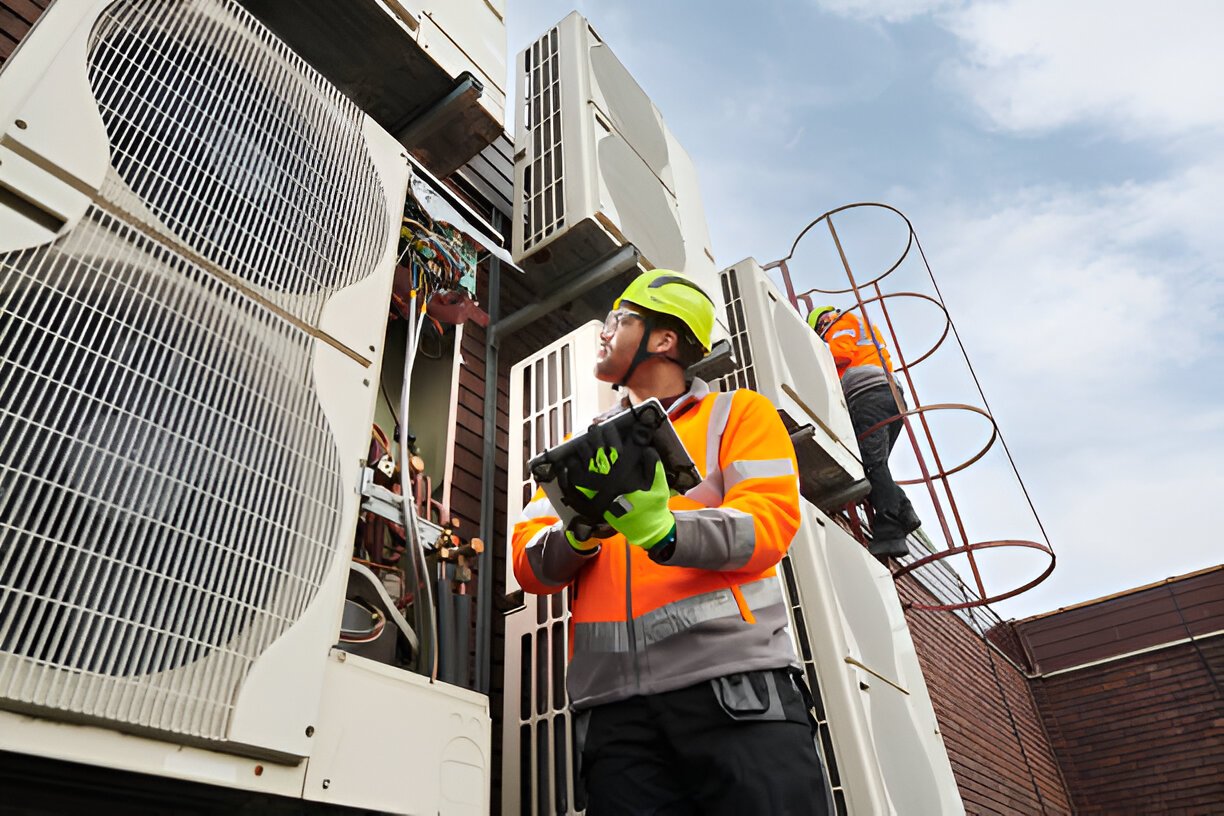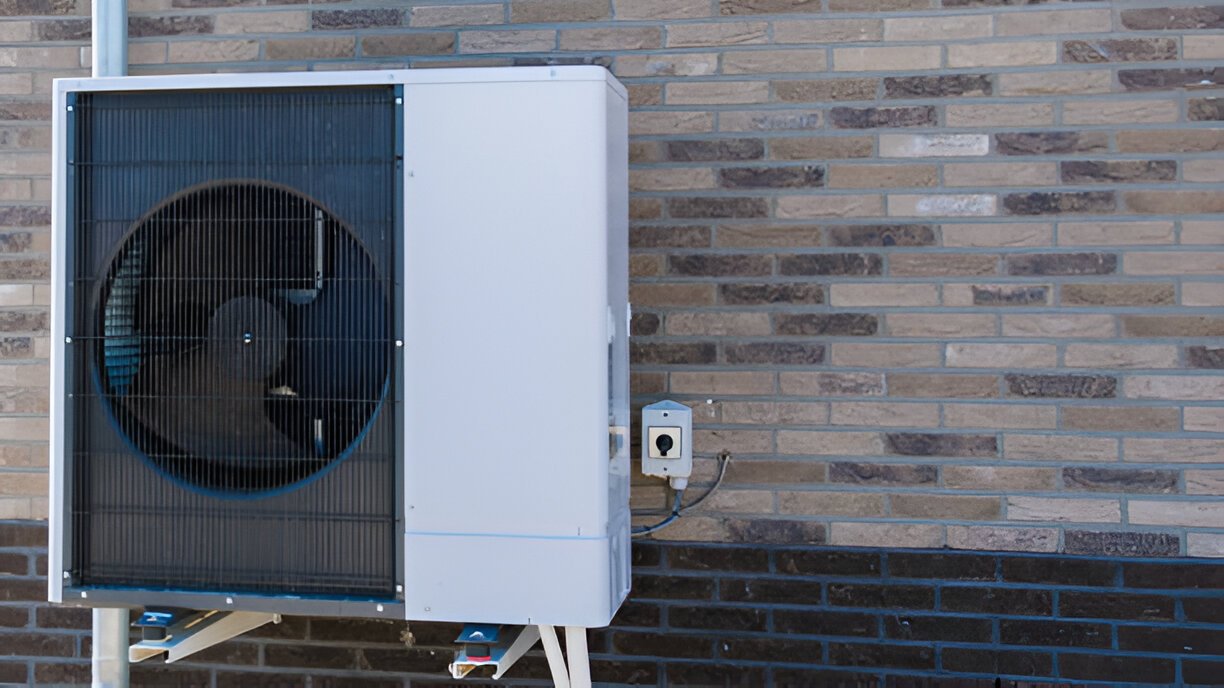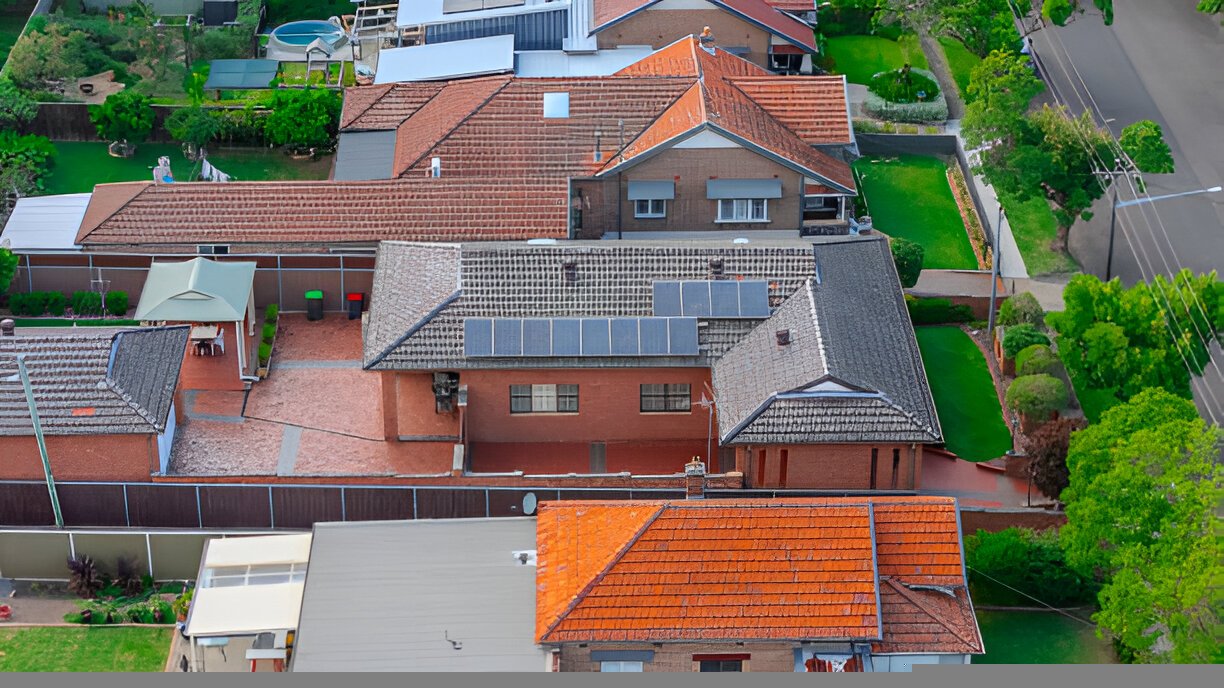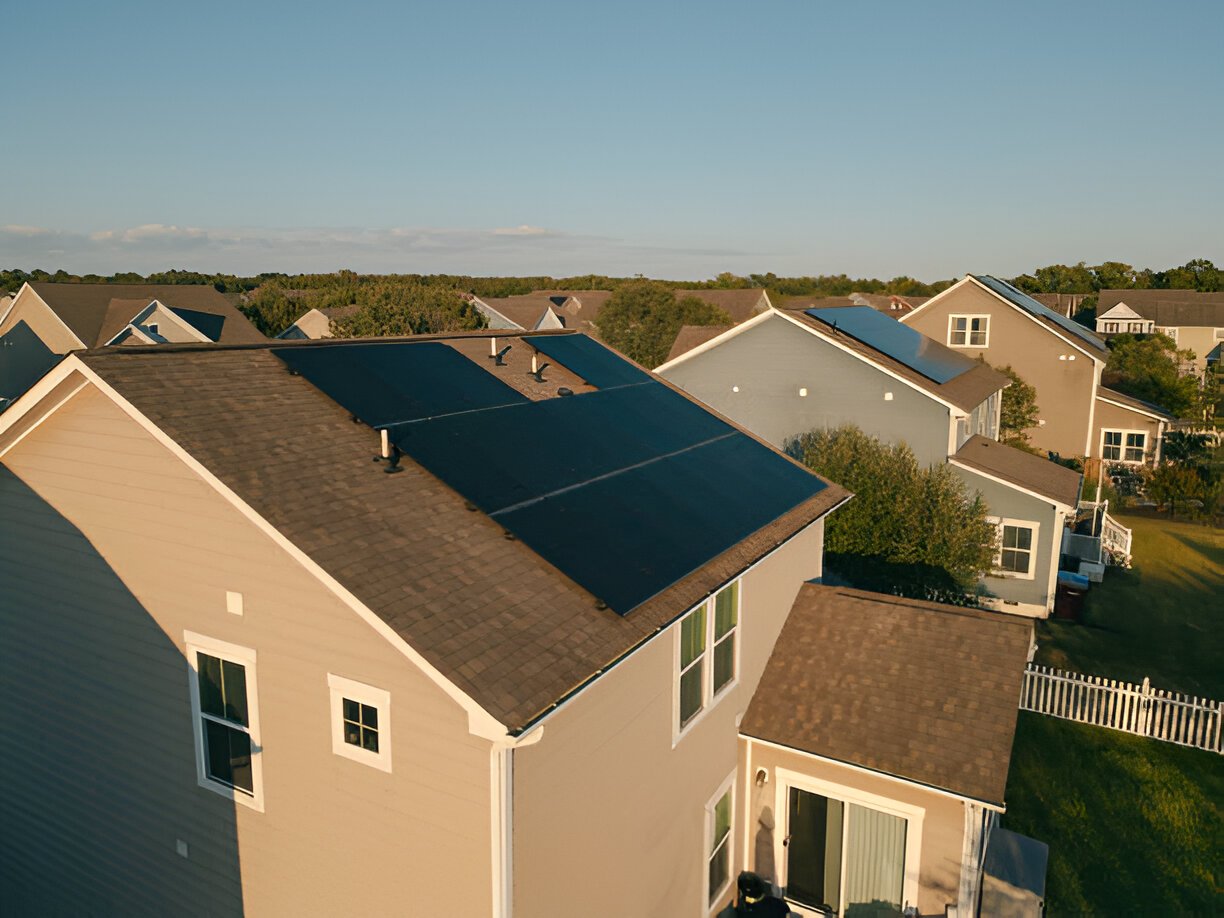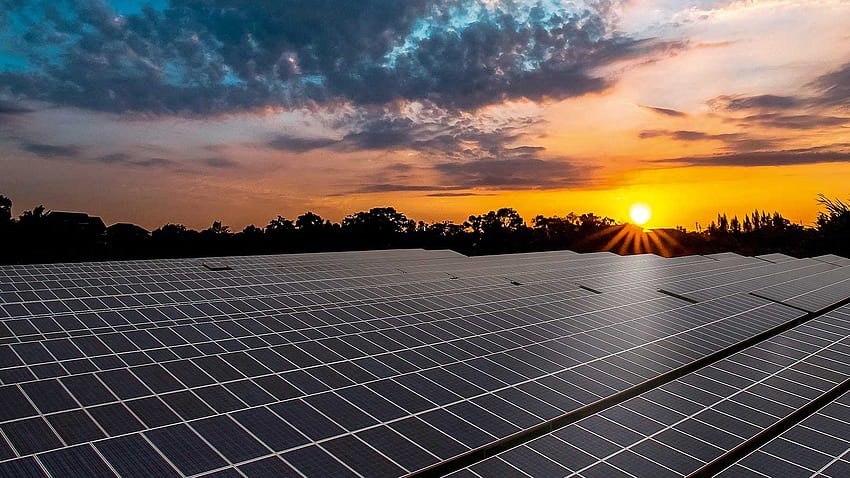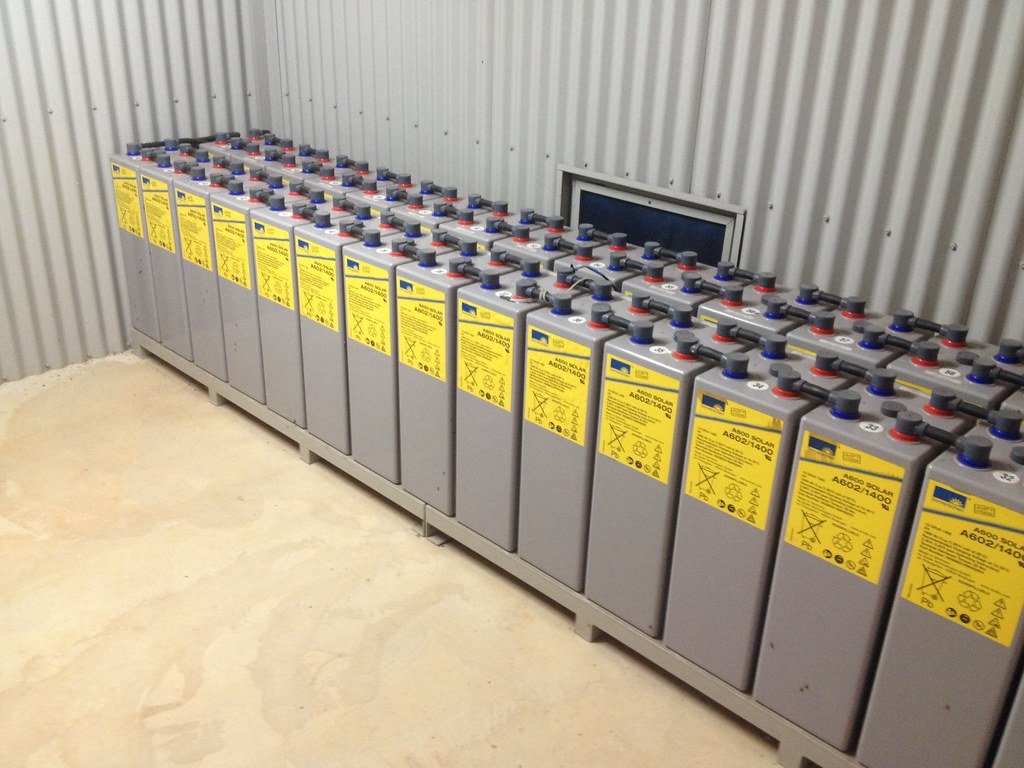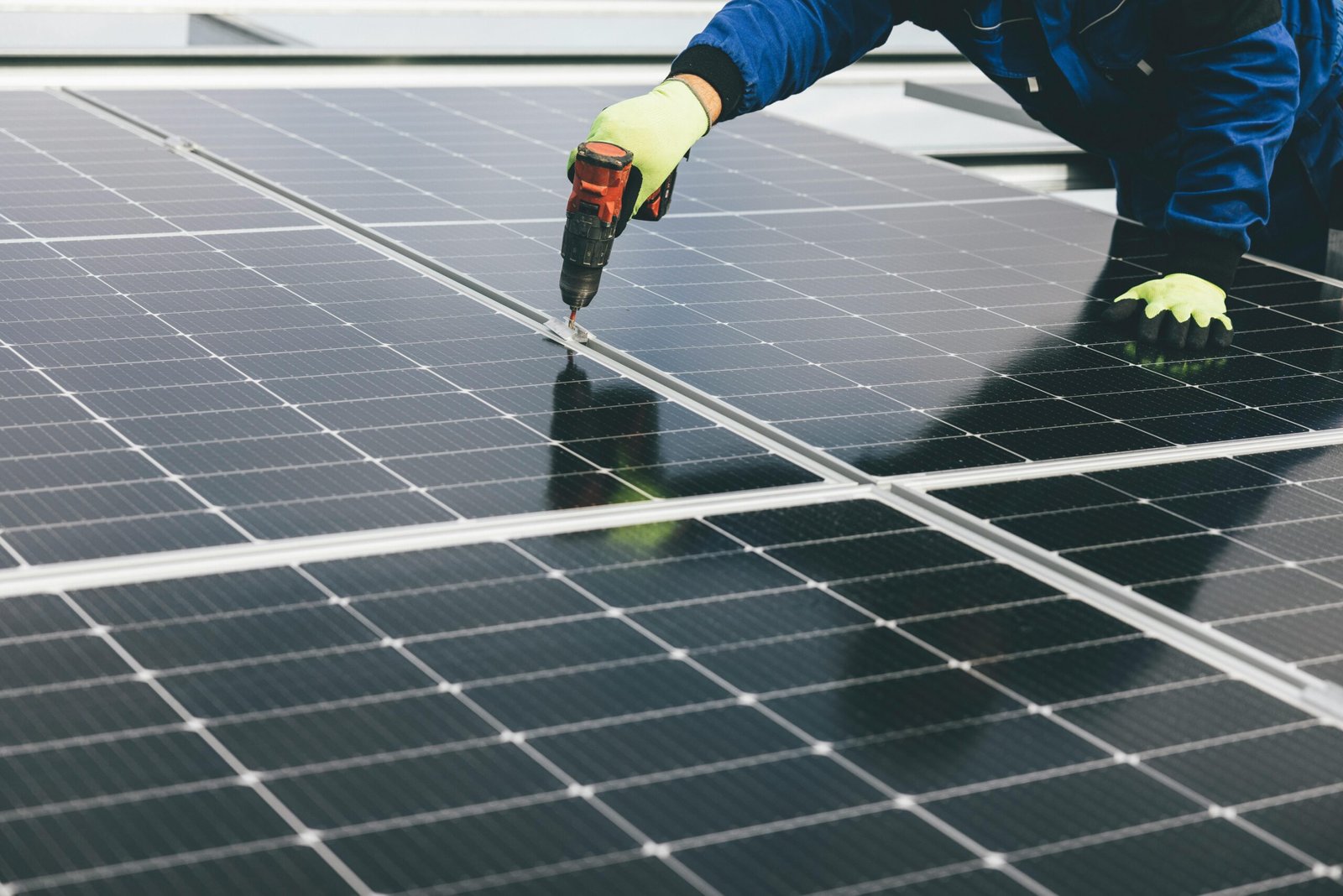Switching to solar energy is a smart investment. However, choosing the right system that efficiently turns sunlight into electricity for your home can be overwhelming. With various panel types, system configurations, and efficiency levels, it’s essential to understand what suits your needs best.
A well-chosen system can maximize savings with energy production, converting direct sunlight efficiently into usable electricity. It also works well in reducing your carbon footprint and giving you long-term savings. But the wrong kind of system, like a system that generates less electricity than you need, will not be a smart investment. While its upfront costs might be low, it will not give you the energy security that you need.
This guide will help you assess your energy needs, explore different system types, evaluate costs, and find a reliable installer. By the end, you’ll have the knowledge to make an informed decision and enjoy the benefits of clean, renewable energy.
Assessing Your Energy Needs
Before investing in solar panels, it’s crucial to assess your energy needs and potential. Here’s how solar panel installers will do that before recommending a system:
Evaluating your energy consumption
They start by reviewing your electricity bills to determine your average monthly and annual energy usage, measured in kilowatt-hours (kWh). This will help you size your solar system appropriately. Consider factors like seasonal fluctuations, future energy needs, and whether you plan to add electric vehicles or energy-hungry appliances.
Evaluating your roof
The solar panel installers will also assess your roof’s size, orientation, condition, and shading. This will help them to determine how much solar power your home can generate.
For instance, if you’re in the UK with a south-facing roof, your system will be able to generate more power than solar panels on north-facing roofs or west-facing roofs. If you have a flat roof, their estimate will include the cost of a mounting system to position your panels optimally.
If you have a limited roof space, you might not have enough electricity for a battery system at all. Or if you have a lot of space, you might be able to generate excess electricity to store or sell back to the grid.
Considering your budget
Salso Solar’s professionals also conduct a solar assessment to give you options for a system according to your budget. They will recommend the type of solar batteries that will maximise your system’s energy production and give you an accurate number for the initial cost.
Types of Solar Panel Systems
There are three main types of solar panel systems, each suited for different energy needs and grid connections:
Grid-Tied Systems
These systems connect to the local electricity grid and allow homeowners to use solar energy while drawing power from the grid when needed. They are cost-effective and often eligible for net metering, which credits homeowners for excess energy sent back to the grid. However, if you don’t have a solar battery storage system, such a setup does not provide backup power during outages.
Off-Grid Systems
Designed for complete energy independence, off-grid systems rely on solar panels, solar batteries, and backup generators to supply electricity. So, it is a combination of solar power and fossil fuel generated electricity. These systems are ideal for remote areas without grid access but require a larger initial investment and ongoing battery maintenance.
Hybrid Systems
Hybrid systems combine solar panels with battery storage and a grid connection. They provide backup power during outages and maximize self-consumption of solar energy. While more expensive than grid-tied systems, they offer greater energy security and flexibility.
Understanding Solar Panel Efficiency and Performance
Solar panel efficiency refers to how much sunlight a panel can convert into usable electricity. Higher efficiency panels generate more power in less space, making them ideal for homes with limited roof area. Performance factors to consider include:
- Efficiency Ratings: Most residential panels have efficiencies between 15% and 22%. Monocrystalline panels offer the highest efficiency.
- Temperature Coefficient: Indicates how well a panel performs in hot conditions. Lower coefficients mean better performance in high temperatures.
- Weather Conditions: Weather conditions play a crucial role in solar panel performance. However, solar cells made of photovoltaic materials like monocrystalline with proper installation are better for areas with less than average sunlight hours.
- Durability and Warranty: Look for panels with at least a 25-year performance warranty to ensure long-term reliability.
Choosing the Right Solar Panel Type
Solar panels come in three main types based on the semiconductor material they use. Each of these materials has its unique advantages and drawbacks:
Monocrystalline Panels
These high-efficiency panels are made from a single crystal structure, allowing for better energy conversion. They are ideal for homes with limited roof space since they have the greatest power output and potential savings. But because of this, they are more expensive than other options.
Polycrystalline Panels
Made from multiple silicon fragments, polycrystalline panels are the cheapest option among solar cell materials. With a power rating between 240-300 watts compared to monocrystalline’s 320-375 watts, they’re still a great option for budget-conscious homeowners.
Thin-Film Panels
These lightweight panels are flexible and easier to install, making them suitable for unconventional surfaces. However, they have lower efficiency and require more space to generate the same power as crystalline panels.
Evaluating Installation Costs and Incentives
The cost of installing a solar panel system varies based on system size, panel type, and your solar company. On average, residential solar installations range from £5,000 to £6,000 for a 4kW system. Fortunately, several financial incentives can reduce the upfront investment:
- Smart Export Guarantee (SEG): Homeowners can earn payments for excess electricity exported to utility companies.
- Zero VAT on Solar Installations: Since 2025, domestic solar panel installations benefit from a 0% VAT rate, reducing costs.
- Warm Homes Plan: Eligible low-income households can receive up to £15,000 for energy improvements and an additional £15,000 for low-carbon heating installations.
Taking advantage of these incentives can significantly lower installation costs and improve your return on investment.
Finding a Reliable Solar Installer
Choosing a qualified and experienced installer is crucial for ensuring a smooth and efficient installation. Here’s what to consider when selecting an installer:
- Certification and Licensing: Look for installers with accreditations and insurance to ensure compliance with industry standards. These installers can give you expert advice according to your budget and needs.
- Customer Reviews and References: Check online reviews and ask for references from previous customers to gauge the installer’s reputation. Samso Renewables has several testimonials and a proven track record for small and big-scale projects.
- Warranty and After-Sales Support: A reputable installer should offer warranties on both the panels and installation workmanship.
- Detailed Quotes and Transparency: Request multiple quotes and ensure they include all costs, warranties, and expected energy savings before making a decision.
Conclusion: Making the Best Choice for Your Home
Selecting the right solar panel system requires careful consideration of your energy needs, available roof space, and budget. Whether you choose a grid-tied, off-grid, or hybrid system, understanding panel efficiency and installation costs will help you make an informed decision.
Consult with a top-rated solar panel installer like Samso Renewables to help you design your system according to your needs and budget. Their expert advice will help you reap a high return on investment in the years to come.


